2064 & 2066 Fifth Avenue
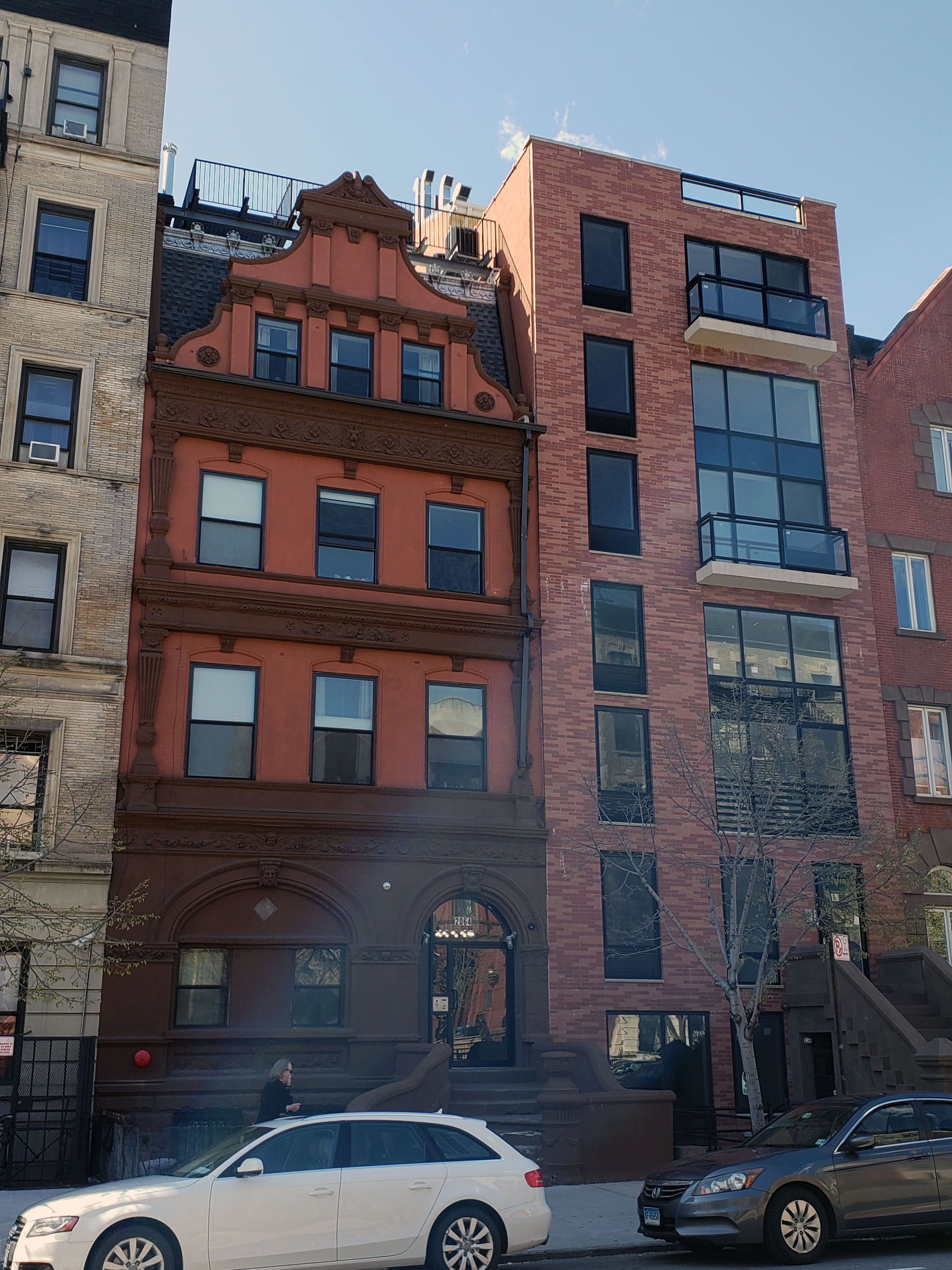
2064 & 2066 Fifth Avenue stand together as a study in contrasts, with 2064’s Composite pilasters and neo-Dutch gable at odds with the Bauhaus-like brick cage of 2066. The latter seems even more unfortunate in light of replacing a particularly elegant Renaissance Revival design. The brickwork is at least an attempt at contextualism.
2032-2040 Fifth Avenue
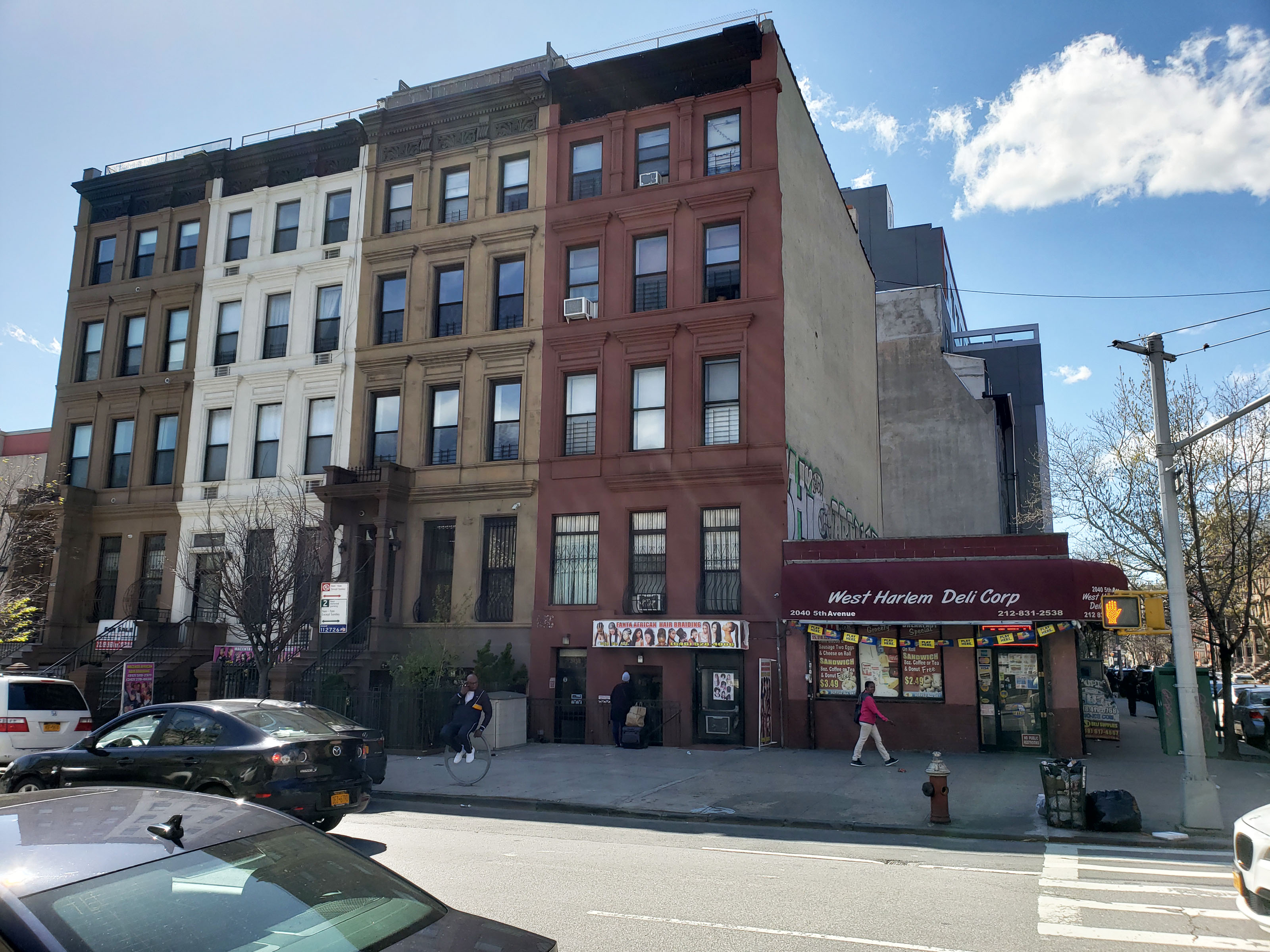
2032-2038 Fifth Avenue consists of a row of handsome and largely intact brownstone houses once typical of the greater length of Fifth Avenue; 2040 Fifth Avenue exists as a post-war stub at the end, currently housing a small bodega.
2010- 2108 Fifth Avenue
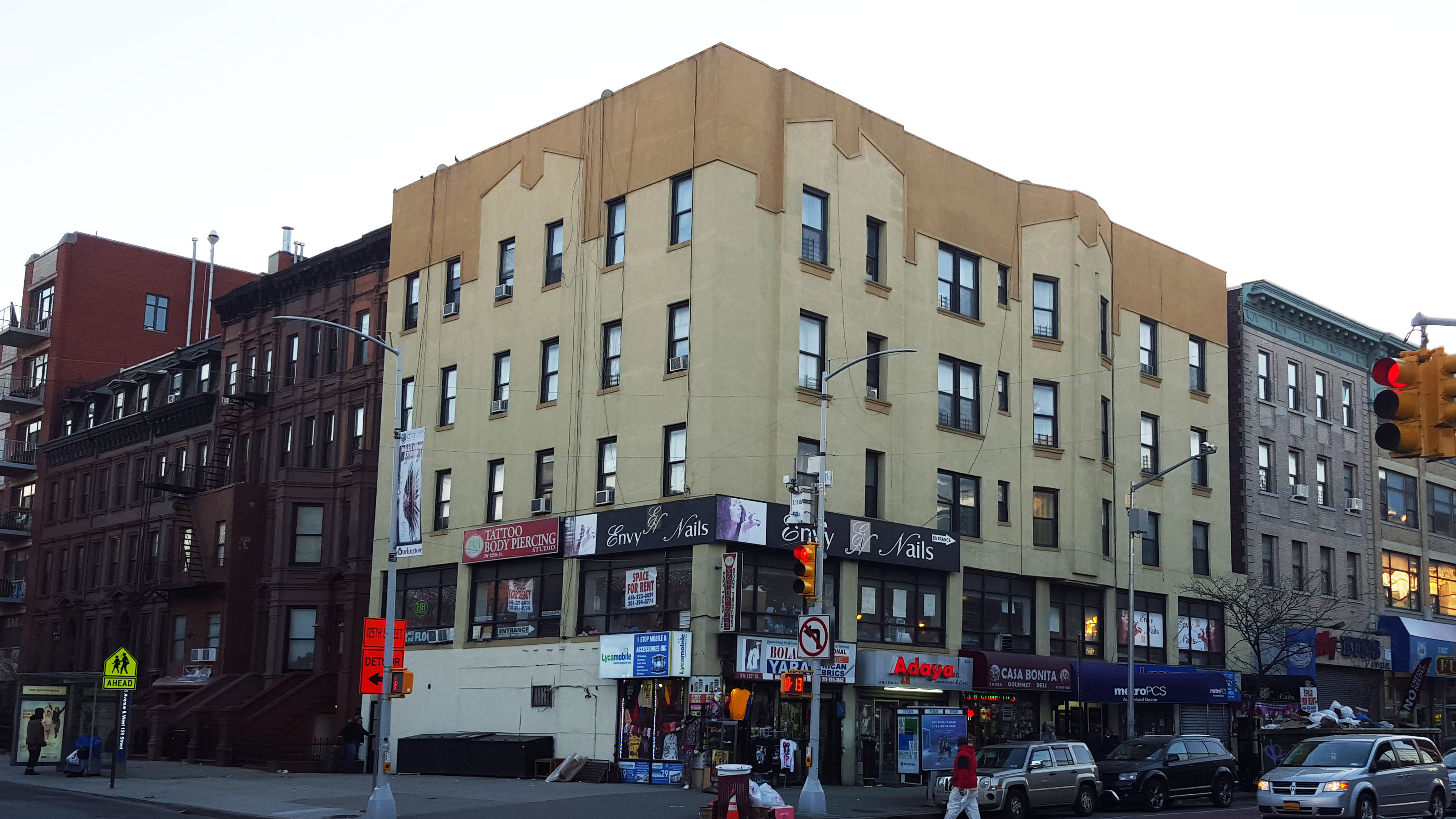
The brownstones at 2010-2014 Fifth Avenue still retain a hefty portion of their original detailing. Not so their neighbor at 2018 Fifth Avenue (Also known as 2 West 125th Street) which has been given a PoMo facelift suitable for a downscale Long Island strip mall.
2001-2013 Fifth Avenue
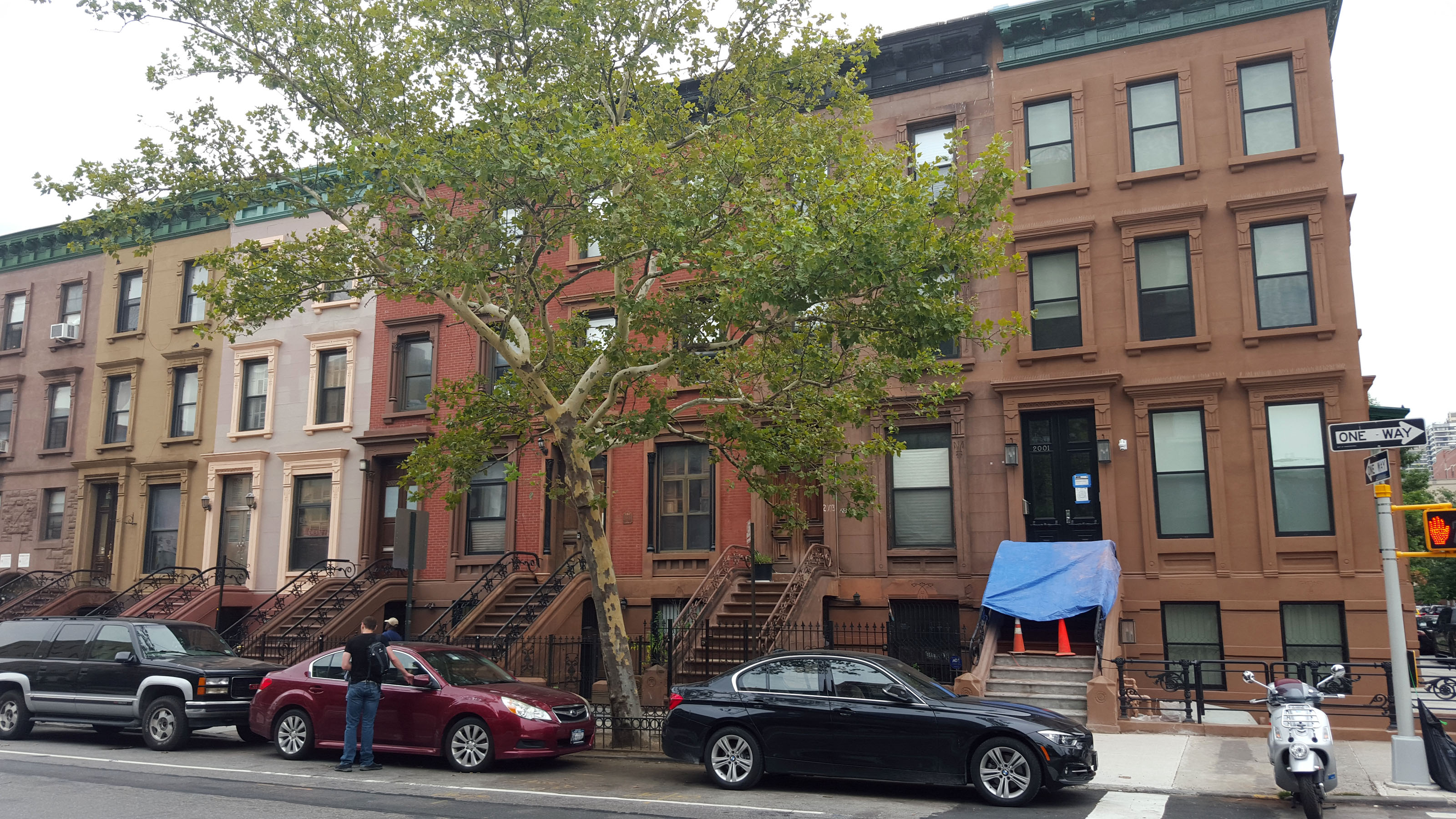
Another well-preserved row of brownstones, 2001-2013 Fifth Avenue preserve nearly all of their exterior details and handsome stoops (with the exception of 2013, which has been converted to partial commercial use.)
2004-2008 Fifth Avenue
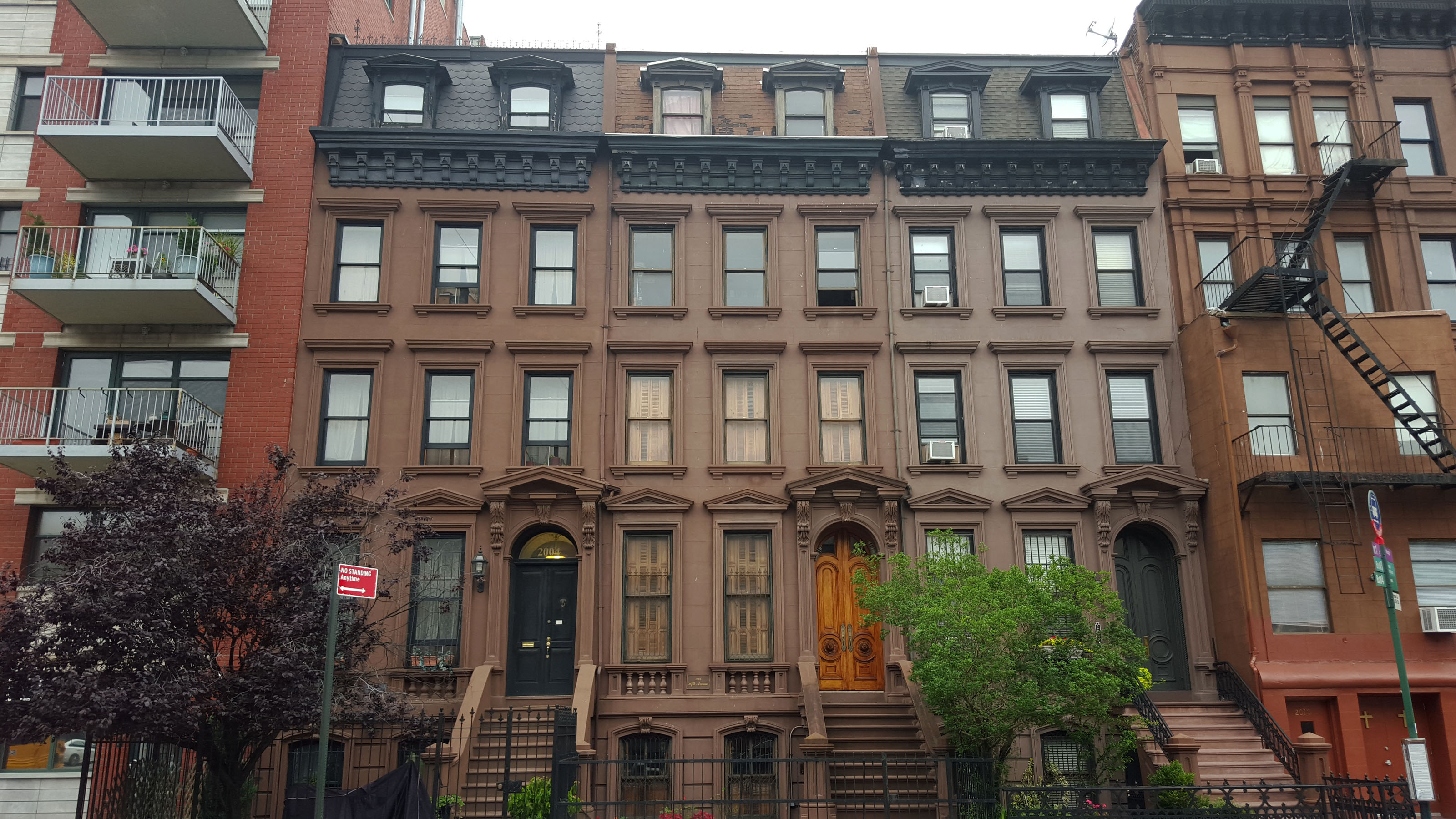
An extraordinarily well-preserved row of early brownstones dating from the 1860s, 2004-2008 Fifth Avenue were designed by Christian Brand as part of the initial development of Harlem from an independent village into an urban district and predate much of the later rowhouse architecture for which the district is famous. Despite this, they are, amazingly, not… Continue reading